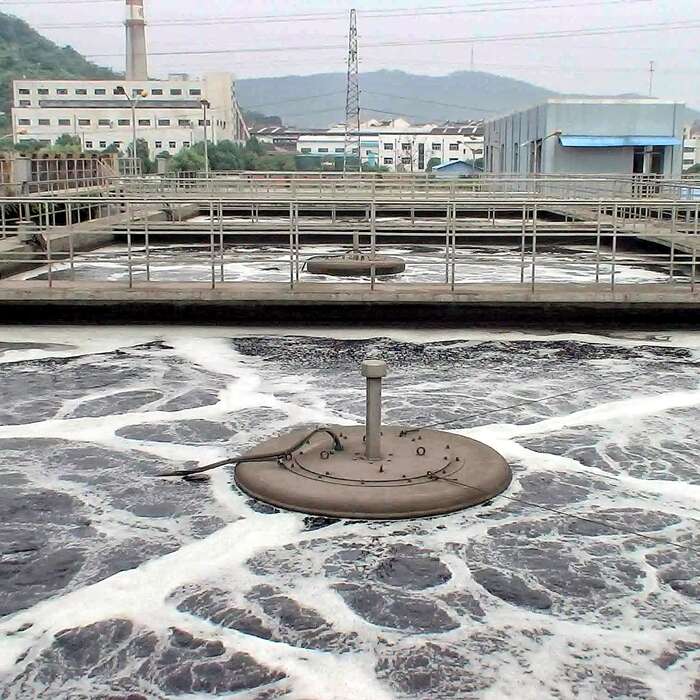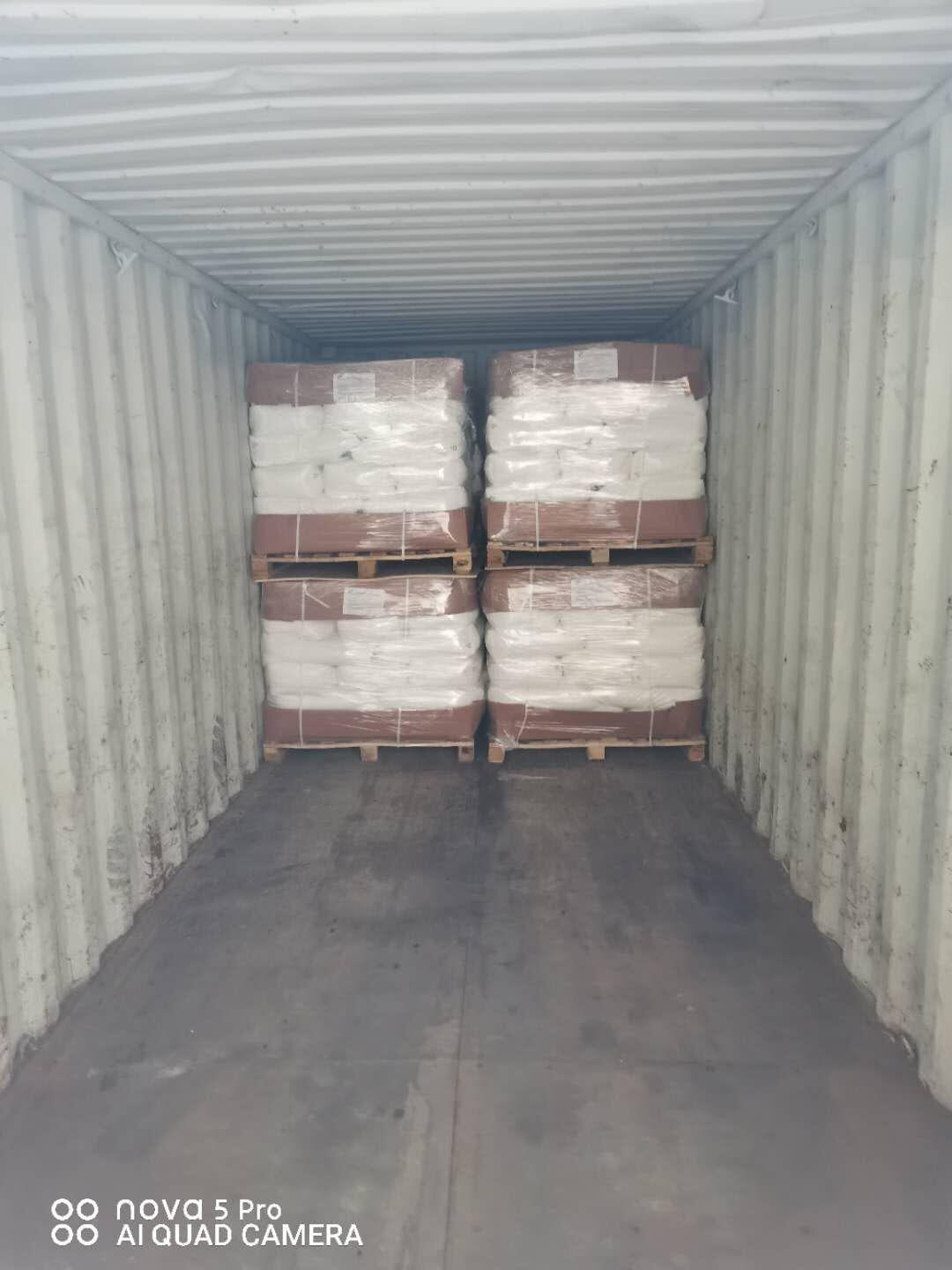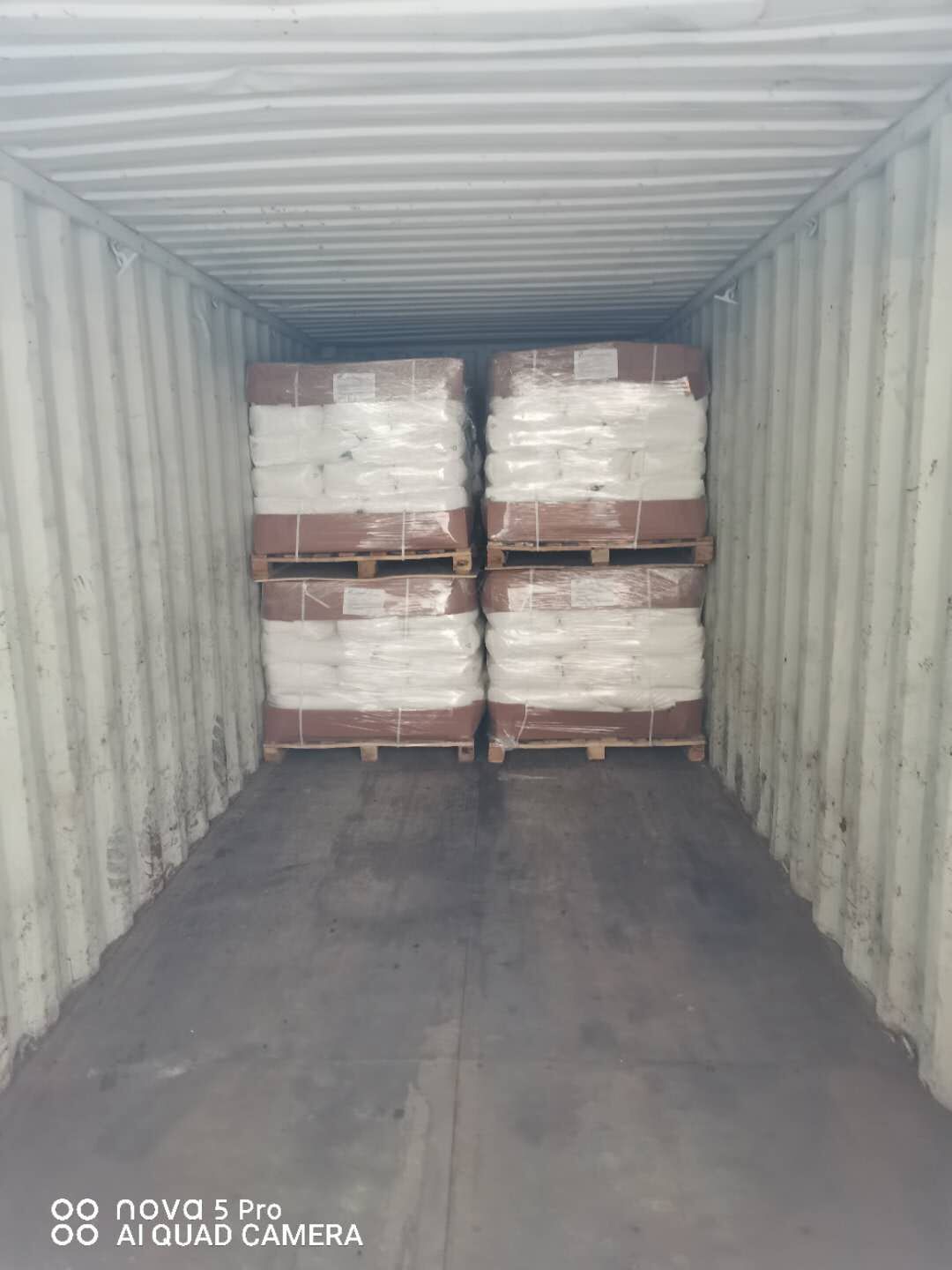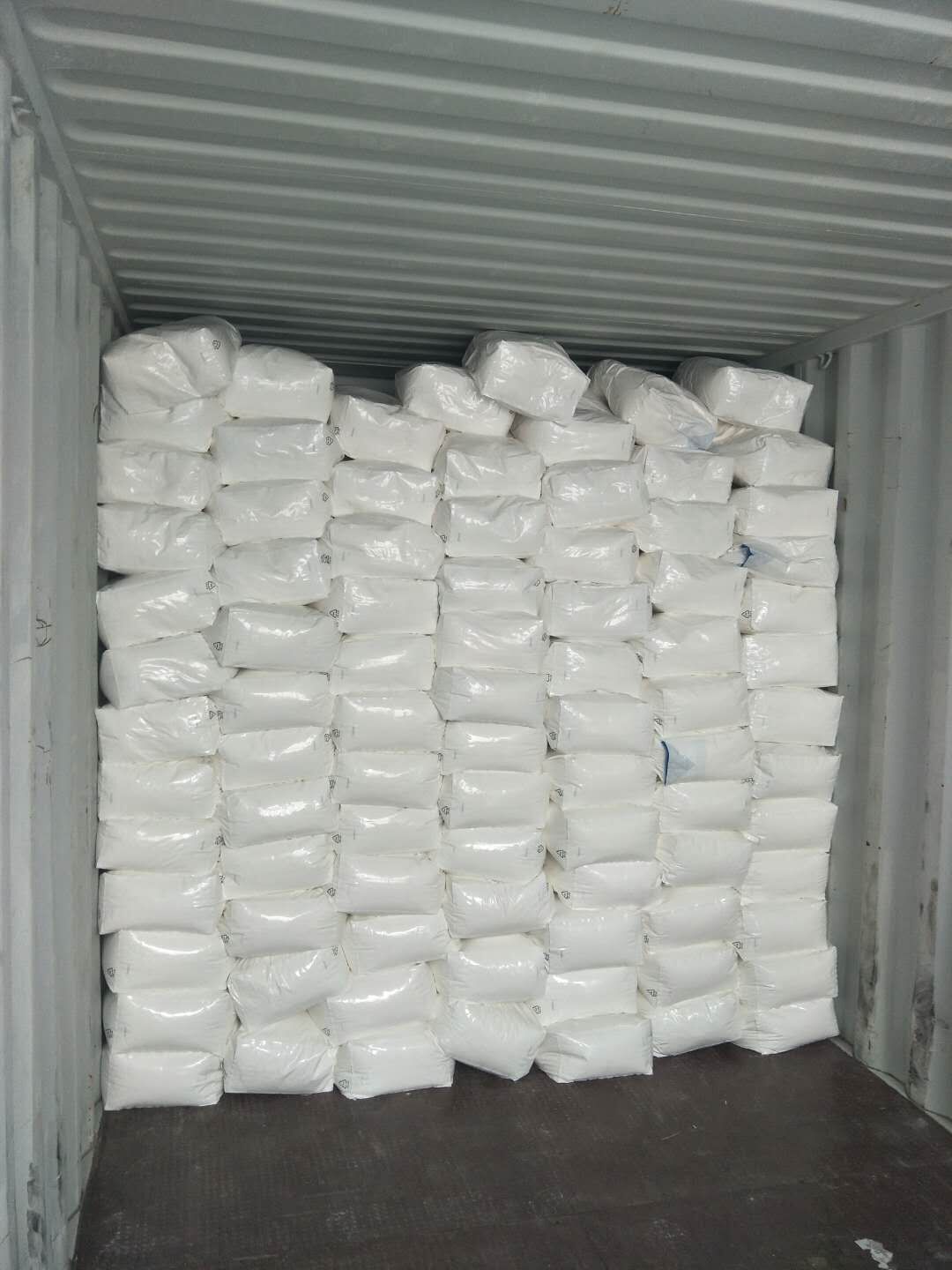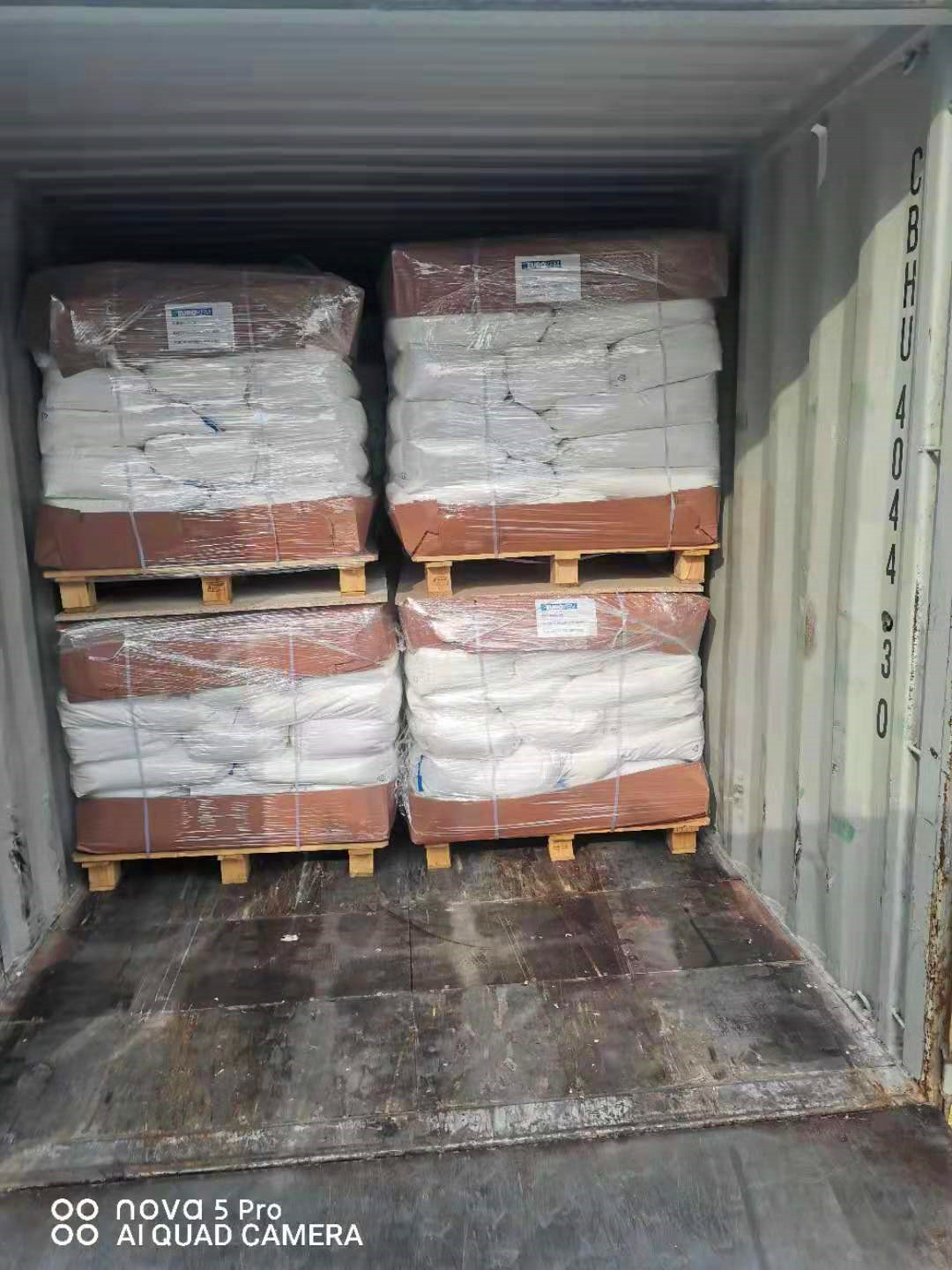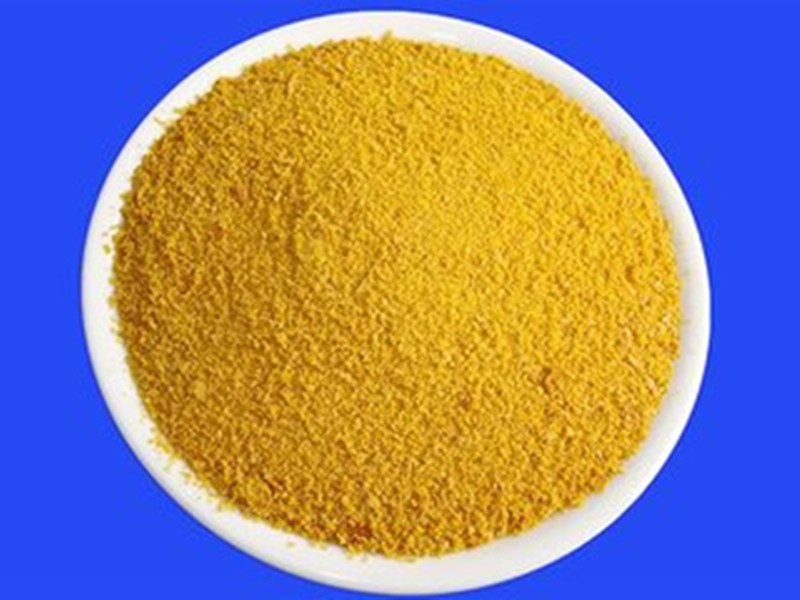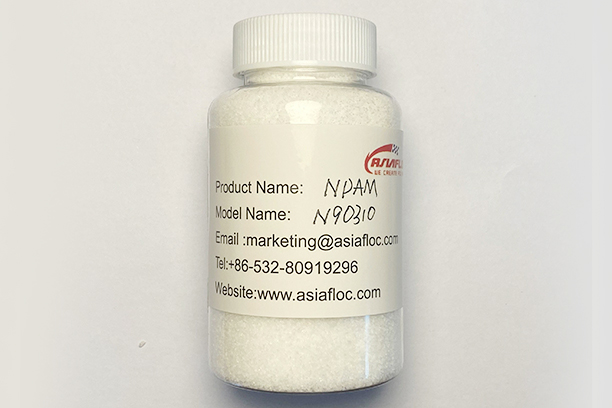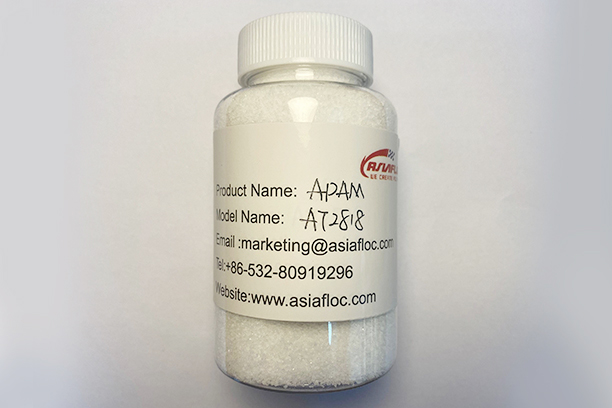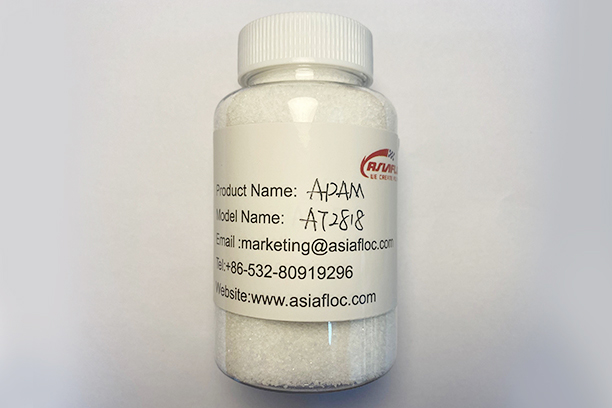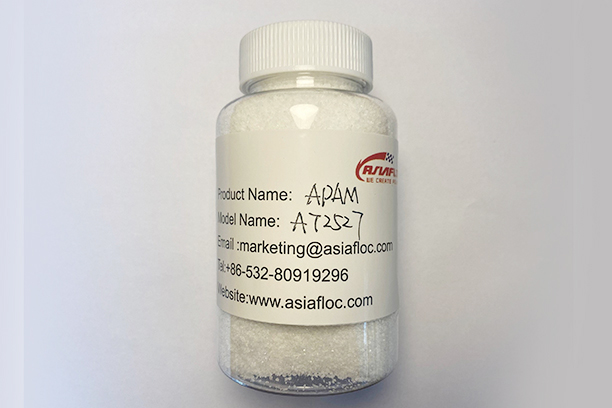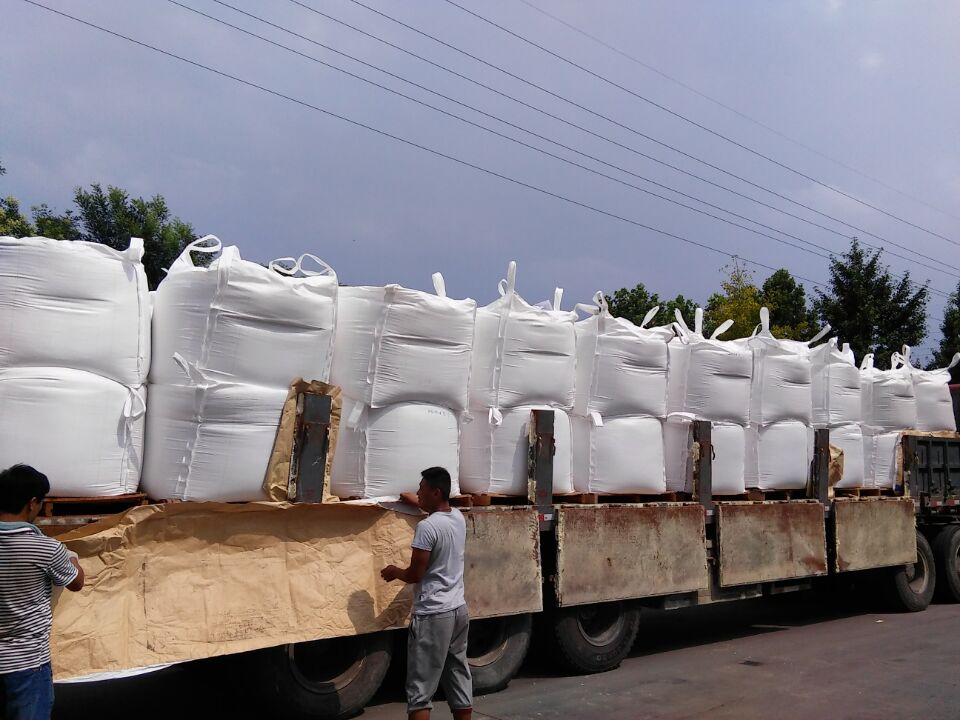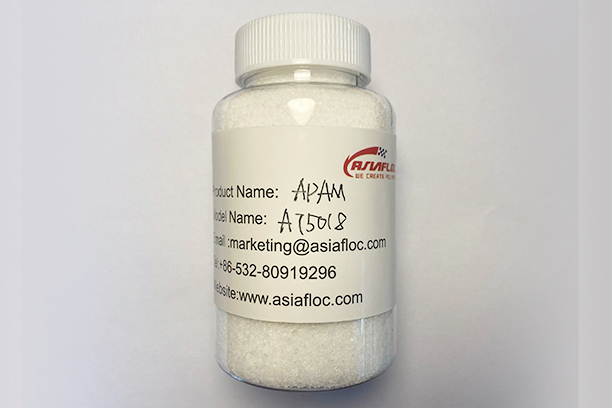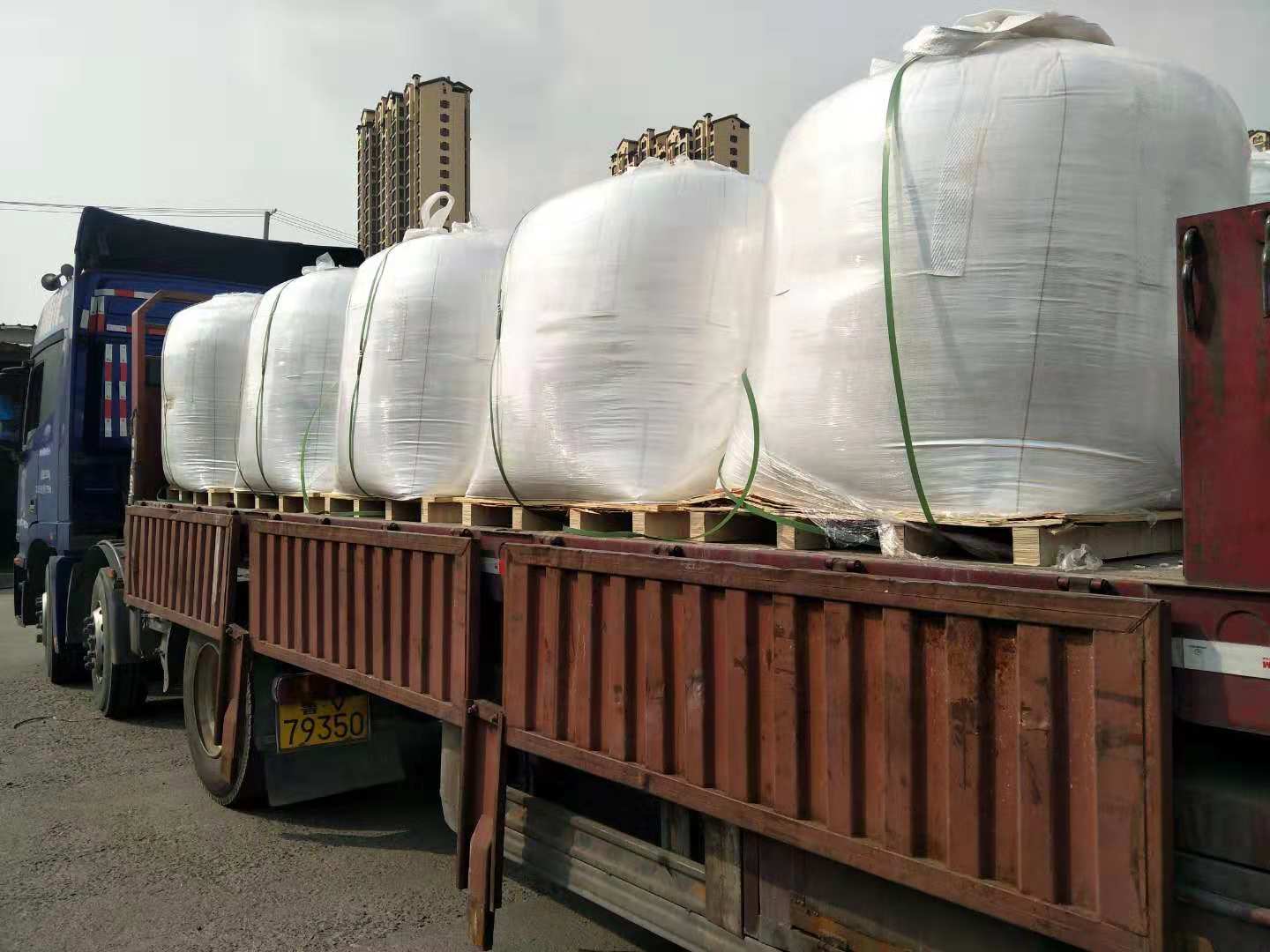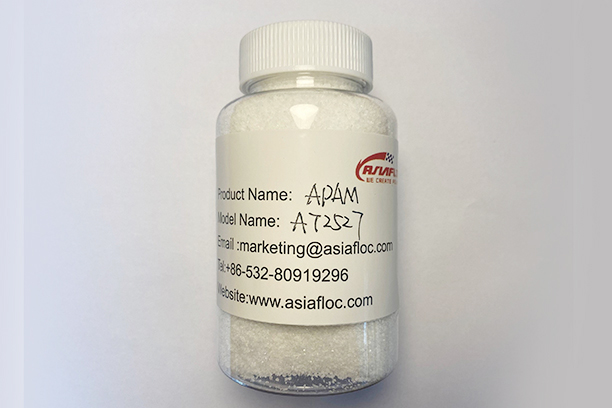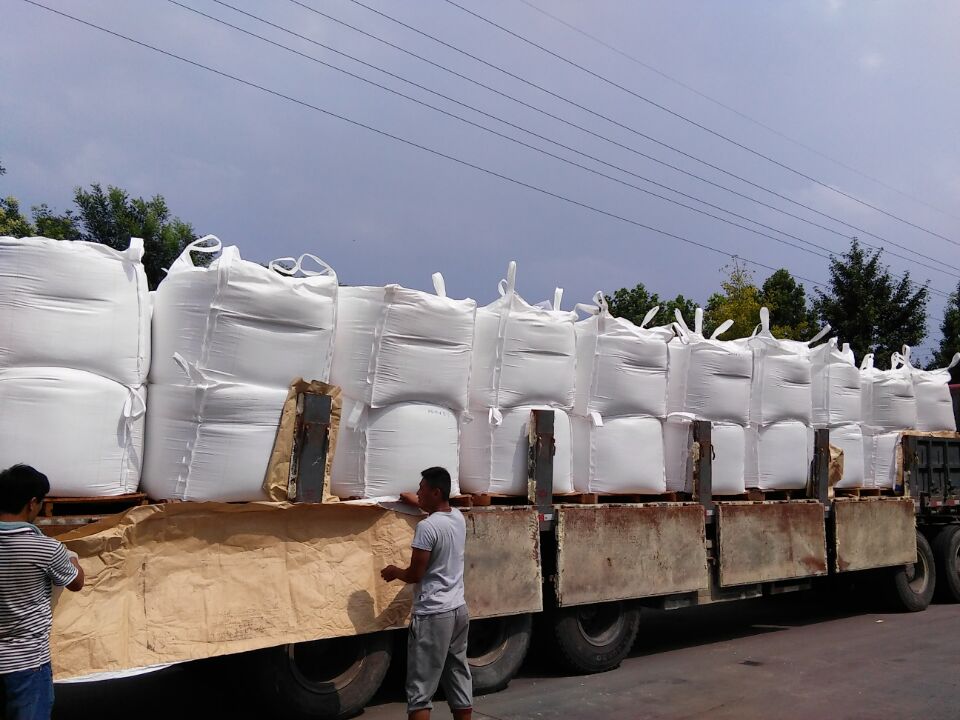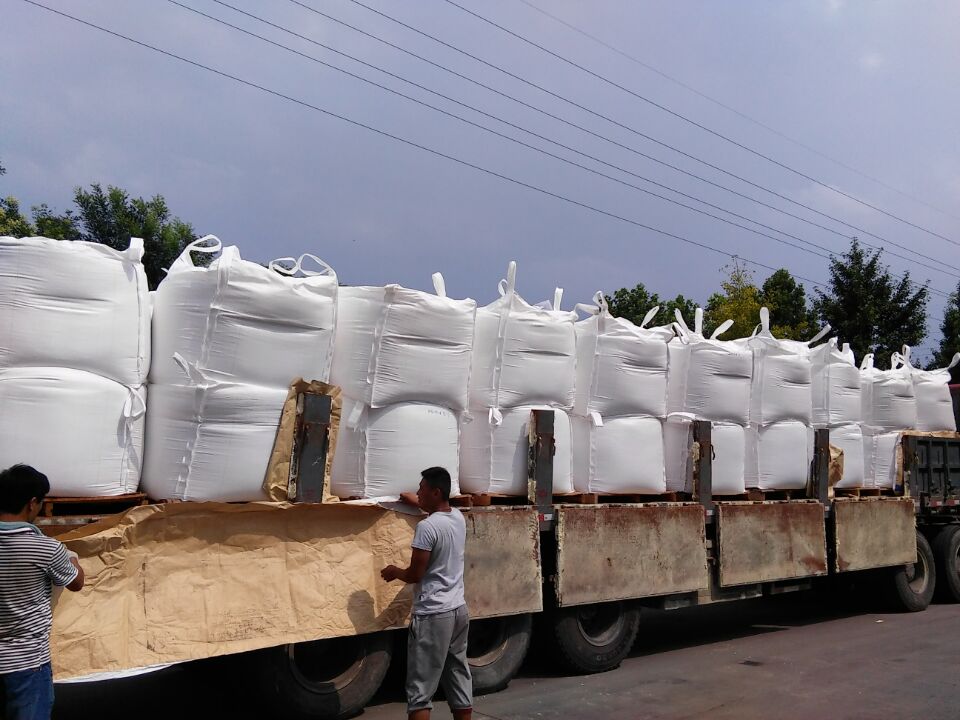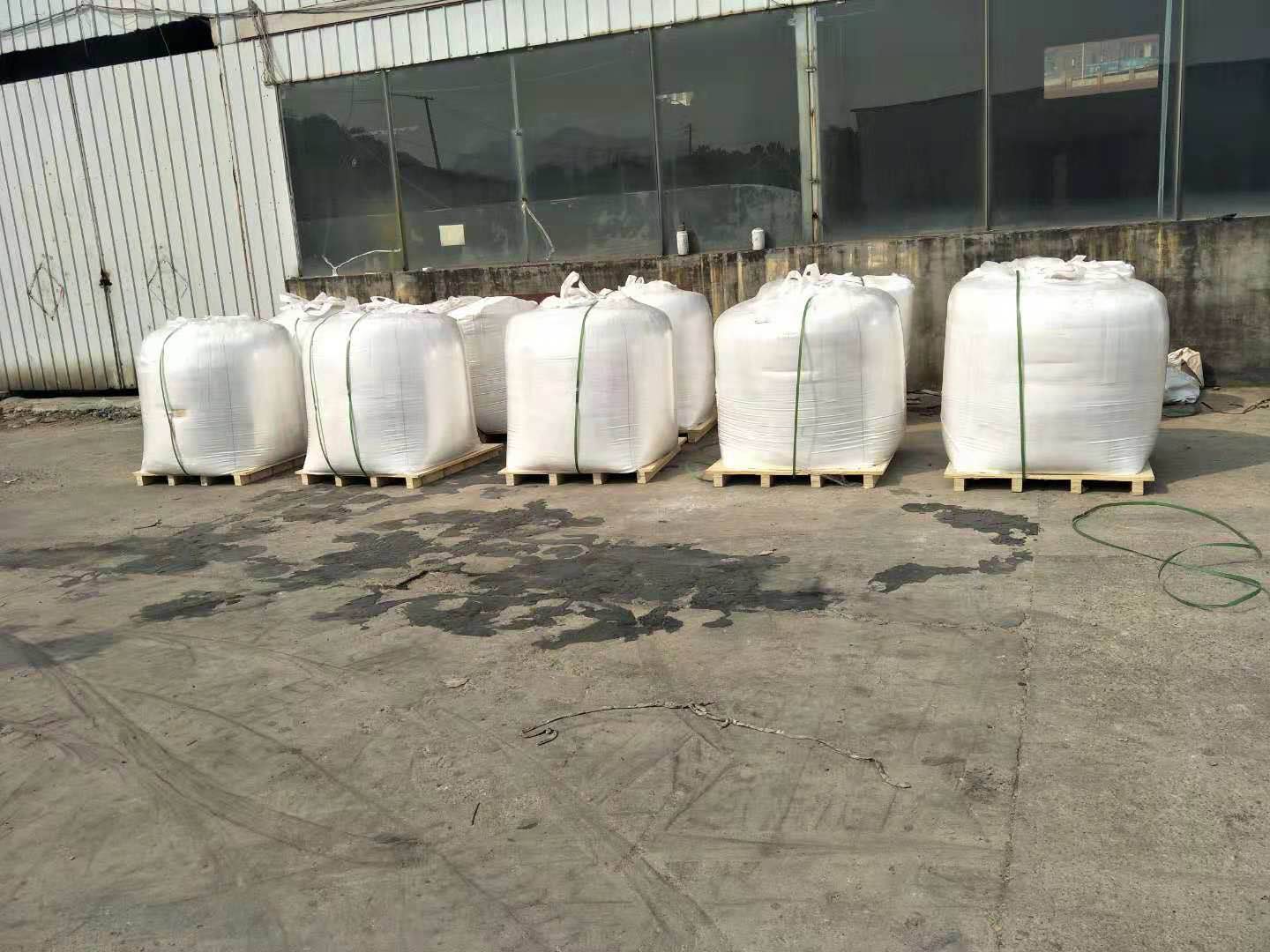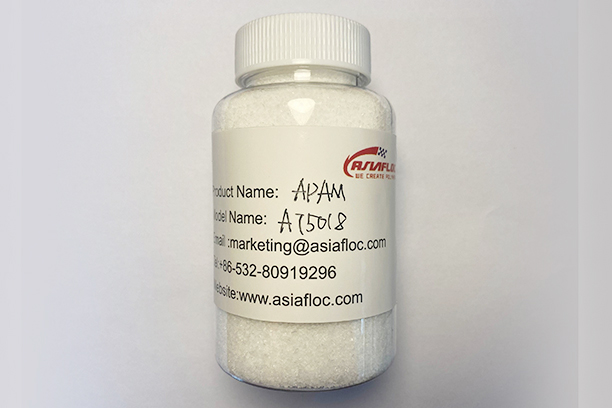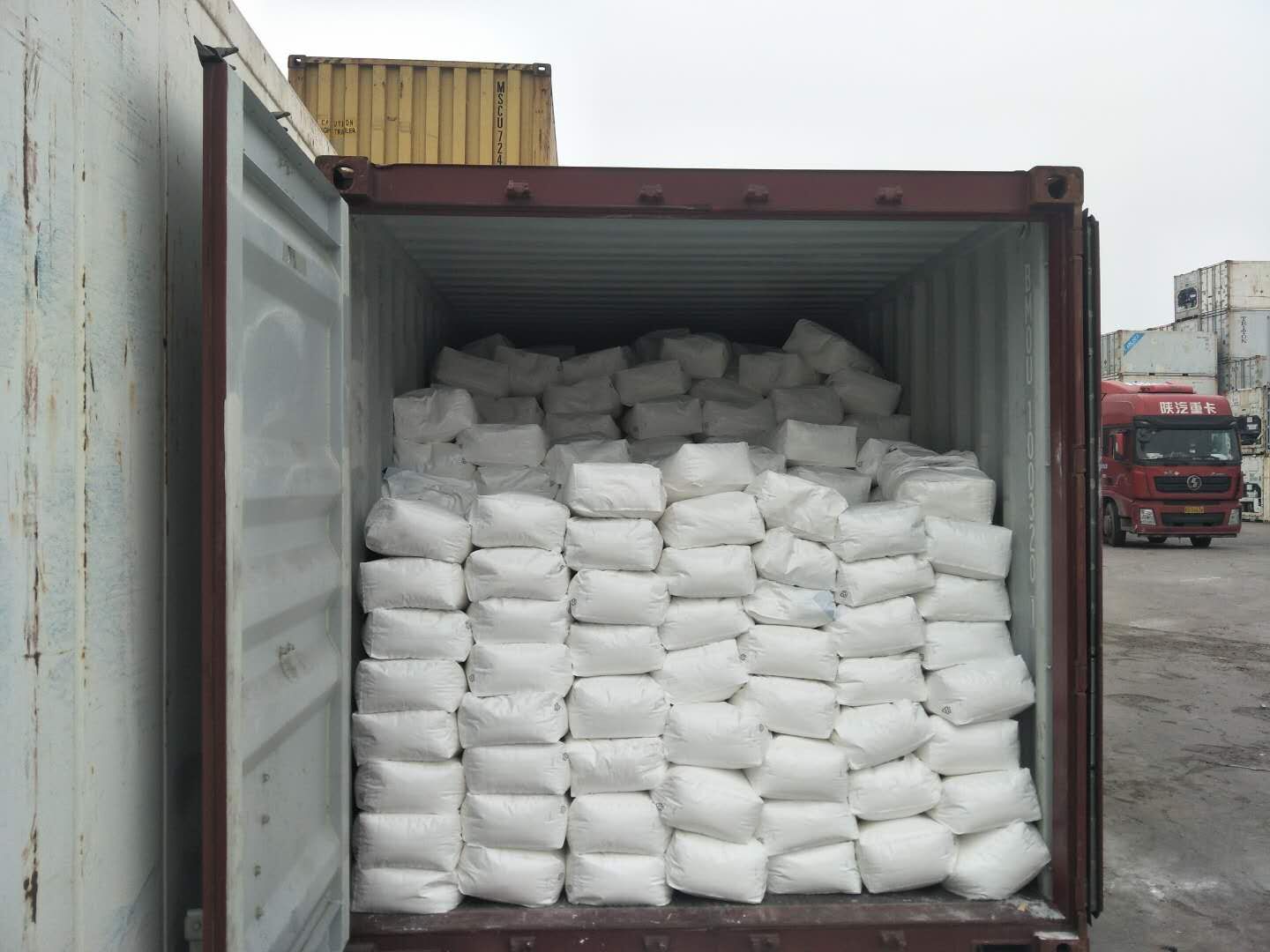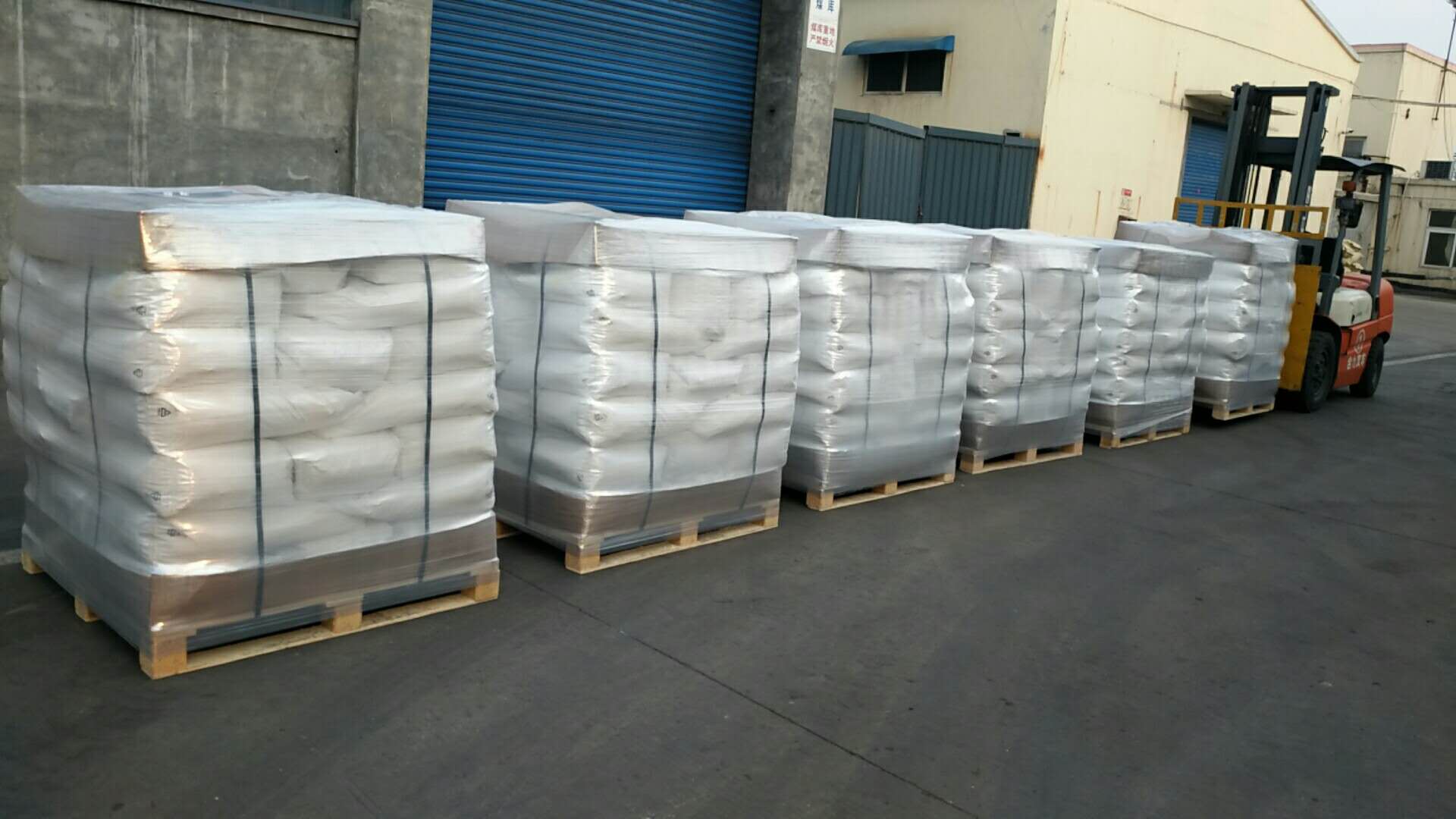News Center
-
Polyacrylamide (PAM) water treatment guide
Polyacrylamide water treatment has a wide range of applications. Learn more about the principle of polyacrylamide, how to make it, its ingredients, and its impact on the environment. This is more cond...
2022-08-12 16:53:24 -
The difference of anionic polyacrylamide and cationic polyacrylamide
Both anionic polyacrylamide and cationic polyacrylamide are important water treatment reagents. What is the difference between anionic polyacrylamide and cationic polyacrylamide? What are the characte...
2022-11-03 16:35:26 -
Correct selection method of polyacrylamide for mineral processing
After the raw ore enters the concentrator through crushing, grinding and separation operation, the useful minerals in the ore are sorted into one or more concentrate products, and the tailings are dis...
2022-07-04 09:48:47 -
Polyacrylamide Process for Petrochemical Wastewater Treatment
Because petroleum wastewater contains harmful substances, petrochemical wastewater must be treated harmlessly before it can be discharged. Typically, chemical plants use polyacrylamide to treat wastew...
2022-06-28 16:43:08 -
Polyacrylamide Treatment Process for Sewage Sludge
In recent years, with the continuous improvement of Chinese residents' living standards, the demand for meat, eggs, milk and other aquaculture products also increases, so a large number of sludge ...
2022-06-28 16:45:23 -
Application of polyacrylamide in the whole process of oil recovery
when oil and gas fields enter tertiary oil recovery stage, single irrigation flooding will greatly reduce its harm efficiency, increase water consumption and increase oil moisture content. In addition...
2022-07-01 13:42:58 -
Treatment of polyaluminum chloride (ASIAFLOC--PAC) in drinking water
The raw materials used for potable water treatment and waterworks are different from industrial grade PCL. Aluminum hydroxide powder and calcium aluminate powder are used in both of them, which are pr...
2022-07-04 09:27:20 -
Sludge dewatering process of polyacrylamide
When the polyacrylamide concentration is 0.2%, the temperature is 25~30 degrees, for the mechanical sludge, suitable polyacrylamide ionic degree 55%~60%, molecular weight 15 million cationic organic p...
2022-07-11 16:20:00 -
Main application of polyacrylamide (Asiafloc Series)
With the increasing attention to environmental protection, the consumption of polyacrylamide products in the field of water treatment is increasing. At present, polyacrylamide is mainly used as coagul...
2022-07-11 16:40:36 -
Properties and quality indicators of polyacrylamide (cationic, anionic, non-ionic)
Polyacrylamide referred to as PAM, is divided into cationic type, anionic type, non-ionic type, the relative molecular weight between 400~2000, the product appearance is white powder, soluble in water...
2022-07-15 10:30:29 -
What is flocculant?
At present, there is no unified concept of flocculant. A relatively accurate view is that all substances used to produce flocculent precipitation of solute, colloid or suspended particles in aqueous s...
2022-01-08 16:12:16 -
Principle of action of polyacrylamide--ASIAFLOC
There are four kinds of action principle of polyacrylamide, to understand about the polyacrylamide compression double layer, adsorption electric neutralization, adsorption bridge, sediment trap these ...
2022-07-15 10:37:16 -
Polyaluminium chloride in water treatment
Polyaluminium chloride is a widely used flocculant, which is almost used in sewage treatment. In the process of water treatment, it is mainly used as flocculation precipitant to achieve the purpose of...
2021-12-10 14:30:05 -
How to select polyacrylamide?
Poly (propylene acetamide) is widely used in the field of technology. There are different applications for different industrial scenarios. How do you usually choose polylactam? What are the classifica...
2021-12-02 15:39:36 -
Application and technical method of PAM in wastewater treatment process
Industrial wastewater treatment: for suspended particles, relatively high concentration, particles with positive charge, PH value of water neutral or alkaline sewage, iron and steel plant wastewater, ...
2021-11-26 10:36:53 -
How to distinguish the true and false of water retention agent?
Afforestation water retaining agent is a new type of macromolecular water absorbing material, with strong water retention, can be used in agriculture, forestry, water conservancy, sand industry and ot...
2021-11-16 10:36:32 -
Polyacrylamide application range and action mechanism
Polyacrylamide is an organic polymer flocculant, relative to other flocculant products, so through bridging, charge neutralization and colloidal particle surface adsorption, so that colloidal particle...
2022-07-15 10:50:21 -
Classification and application of polyacrylamide (Zetag Magnaflc Superfloc)
Anionic polyacrylamide is a white powder water-soluble polymer, mainly used in iron and steel plant wastewater, electroplating plant wastewater, metallurgical wastewater, coal washing wastewater and o...
2022-07-15 11:00:54 -
Types and properties of polyacrylamide
Polyacrylamide (PAM) is a water-soluble linear polymer made of acrylamide monomer. The chemical properties of monomer acrylamide is very active, and a series of chemical reactions can be carried out i...
2021-11-01 21:56:42 -
How to identify the quality of polyacrylamide?
At present, the domestic PAM market is relatively chaotic, adulteration is quite common, manufacturers, dealers each solemnly promise that their products are 100% pure goods, but how much is trustwort...
2021-10-28 11:29:53 -
Cationic polyacrylamide production process
PAM for short, the structural formula is [-CH2-CH(CONH2)] N -, the molecular weight between 4-20 million. Polyacrylamide mainly has two kinds of commodity forms, one is the appearance of white or slig...
2022-06-27 15:37:41 -
What is the difference for Cationic, anionic, non - ionic polyacrylamide in applications?
Polyacrylamide (PAM) is a linear water-soluble polymer, which is the most widely used water-soluble polymer compound
One of the varieties, PAM and its derivatives can be used as a highly effective ...2021-10-22 11:14:25 -
Main uses of polyacrylamide PAM-superfloc magnafloc zetag
Polyacrylamide PAM has the water-soluble polymer material chemicals and its cheerful acyl group on the carbon chain, generally used in printing and dyeing, paper industry, beneficiation plant, coal se...
2021-10-21 15:34:44 -
How to correctly choose the right polyacrylamide
Polyacrylamide models can be roughly divided into three: anionic, cationic, non-ionic. Anion is suitable for sewage flocculation, precipitation, precipitation, clarification, etc., can also be used fo...
2021-10-20 11:21:14 -
Principle of action of anionic polyacrylamide
Polyacrylamide in the water treatment process has the advantages of strengthening flocculation, improving the filtration capacity of the filter, improving water quality and saving cost, so it is used ...
2021-10-19 11:15:20 -
Classification, synthesis and application of polyacrylamide
Industry will contain more than 50% of the acrylamide monomer polymers collectively referred to as polyacrylamide. Its structure is easy to form hydrogen bonds between amide groups, so it has good wat...
2021-10-17 11:26:50 -
How to distinguish the true and false SAP water retention agent?
Although the water retention agent is a high-tech product, but it is not as some people imagine, that after the application of water retention agent "need not be watered from now on", the water rete...2021-10-15 12:49:46 -
Use of polyacrylamide
Polyacrylamide flocculant is not easy to dissolve in the water, need help to achieve good dissolving effect, the effect of the external force should include two aspects: one is through the water press...
2021-10-05 13:25:30 -
The differece of applicaiton for Cationic, anionic, non-ionic polyacrylamide
Polyacrylamide (PAM) is a linear water soluble polymer, is a water-soluble polymer compounds are one of the most widely used varieties, PAM its derivatives can be used as a efficient flocculant, thick...
2021-10-02 11:36:53 -
The using method and dosage of different ionic polyacrylamide
PAM should generally continue to stir for more than 30 minutes to ensure that it is fully dissolved; Dissolved polyacrylamide should be used as soon as possible, anionic type generally not more than 3...
2021-10-01 01:08:48 -
Application of anionic polyacrylamide in coal slime water treatment
polyacrylamide or PAM flocculation mechanism, is a kind of linear polymers, non-toxic, non-corrosive, soluble in water, its aqueous solution mixed with coal slurry water after polyacrylamide molecular...
2021-09-29 09:40:30 -
the applications of different kinds of polyacrylamide
Polyacrylamide can be devided into cationic polyacrylamide ,anionic polyacrylamide ,nonionic polyacrylamide and amphoteric polyacrylamide ,can be used for differents areas as below.
2021-09-28 11:07:34 -
Anionic polyacrylamide uses
Anionic polyacrylamide is widely used. High quality anionic polyacrylamide is mainly used in urban or industrial wastewater treatment, mining, metal manufacturing, etc. Let's talk about the use of...
2021-09-28 09:28:18 -
Introduction of action principle of polyacrylamide
Polyacrylamide as the effect of flocculant, now most people believe that its role is the process of adsorption bridging, flocculation precipitation, and then detailed said it is can be divided into co...
2021-09-26 11:14:24 -
Flocculant polyacrylamide for sewage treatment
Poly (propylene acetamide) is widely used. Flocculant polyacrylamide has its unique advantages in sewage treatment. So what is the principle of sewage treatment? Is it harmful to human body? How to us...
2021-09-24 14:35:09 -
Production process of polyacrylamide
A, AN raw material preparation
B. Air purification
C. Biological fermentation
D, catalytic reaction
E, AM refined
F, AM solution
G, polymerization, hydrolysis
H. PAM colloid granulation
I, PAM...2021-09-06 11:51:34



